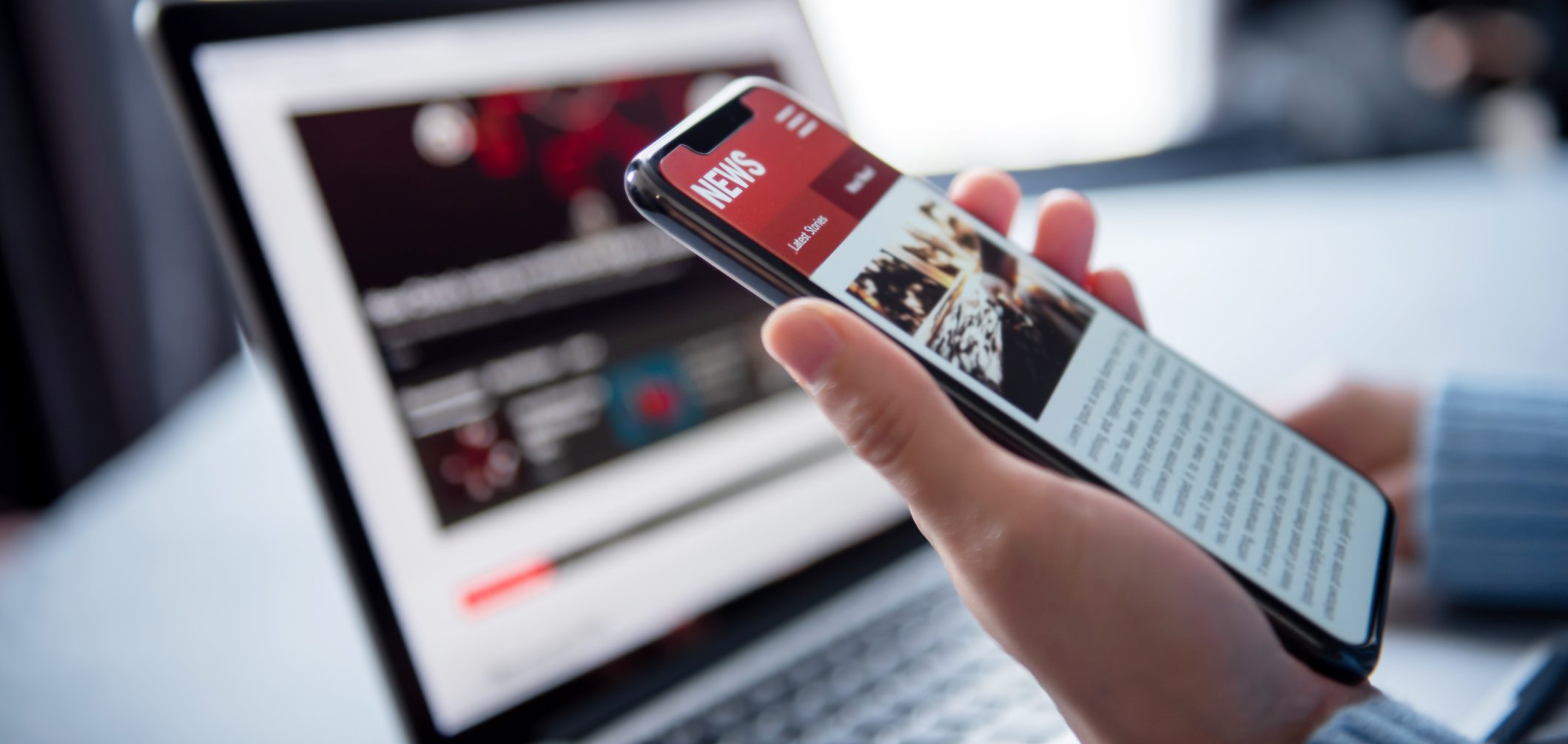It has been said that what other people think about you is none of your business. On a personal level, I could not agree more. On a business level, nothing could be further from the truth. A brand’s image and reputation are vital to business success. Media monitoring – also known as the act of keeping track of what is being said by media, who is saying it, and the tone and frequency of the messages – helps your organization to build a strong brand, understand how customers perceive your business, spot and correct any errors or misconceptions, and engage with customers.
Media outlets such as business trade publications, daily newspapers, TV and radio news stations, industry news websites, news/talk shows, and podcasts and blogs all act as influencers, and can make or break the reputation of a business. What makes them valuable and powerful is their reach and established position in a given market or industry.
An important part of building relationships with reporters and securing news coverage for your organization is research and knowledge. Paying attention to what is being said and by whom provides a way to identify specific strategic media outlets, beat reporters, analysts, key influencers and thought leaders important to businesses, clients and competitors. Once you understand who the target media outlets are and identify the appropriate contacts within them, you have the information you need to start planning a media strategy, creating stories and building relationships.
It is imperative to have a continuous understanding of exactly what kind of news is important to them and what news formats they prefer – as well as what is already being said about your organization and your competitors – so that your story ideas, pitches and press releases can be tailored to their needs. The easier you can make their job, the better your chances are of garnering news coverage. And the more closely you monitor news activity, the more effective you can be in responding to stories that affect your business.
After you have been monitoring your target media outlets and individual journalists for a while, the next step is to become a resource for the media outlets you are monitoring. Reaching out to media on a regular basis and offering assistance with stories they are working on – at the moment and in the future – can go a long way to building bridges. In fact, it may result in them contacting you for a quote, a photograph or a statement for their story.
Media monitoring can also help maximize the effective frequency of your messaging, which is the number of times a person needs to hear a message before acting upon it. Different experts have different ideas for what that magic number is. The most famous is probably the “Rule of 7,” which suggests consumers need to hear a message seven times before they will consider taking action. An earlier reference dates back to 1890 from the author Thomas Smith. He believed that it took 20 times for a person to hear a message before acting on it. In contrast, Herbert Krugman wrote in 1965 that three times is adequate. Regardless of the many theories, the bottom line is, if information is not being seen or heard by the right audience through the right media outlets and reporters, the frequency of the stories will not matter.
It is vital to realize that the news media – outlets, delivery methods and personnel – are continuously evolving. Publications close; new blogs, platforms and websites rise up every day; and reporters are asked to pivot on a dime. The faster you can adjust to these changes, jump on hot topics, accentuate the positive, mitigate the negative, respond to critics or facilitate crisis management, the more control you will gain in helping to shape the overall narrative. We are in a constant 24 hour/365 day news cycle, which makes it even more important to stay abreast of what the media is saying about your industry, business and competition.

